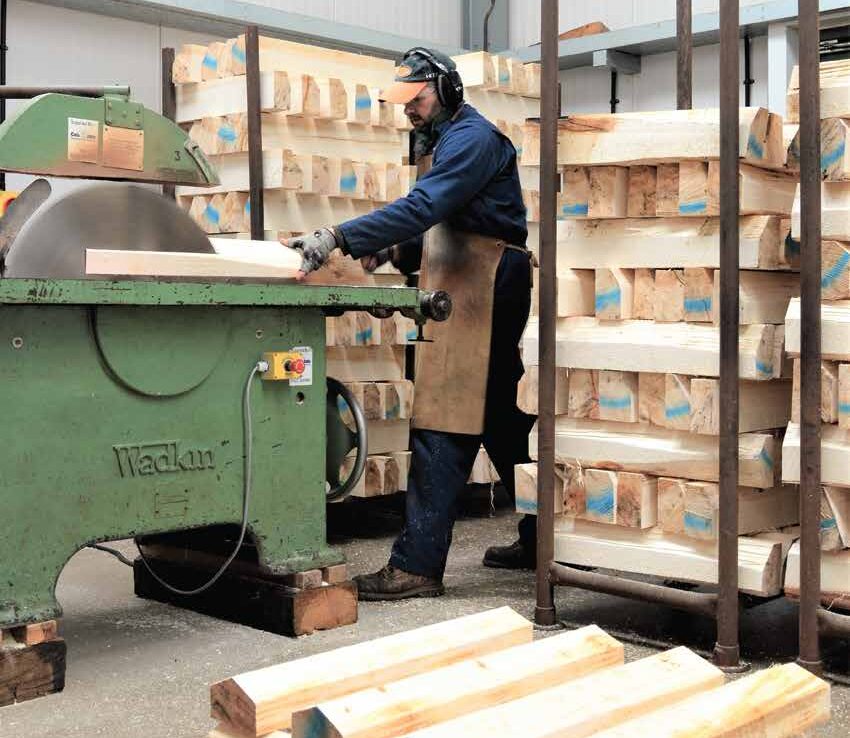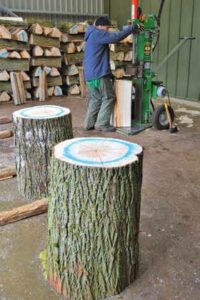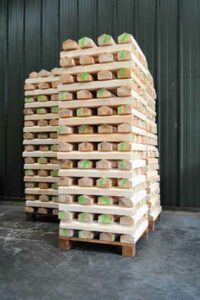The requirement:
Cricket is one of the fastest-growing sports around the world. Growth in countries such as the USA and Germany, alongside the rise of T20 and other new forms of the sport in established cricketing nations, is fuelling the demand for cricket bats around the world. The best cricket bats are made from English willow. That’s where Foskett Willows comes in as they use locally grown willows to produce cricket bat clefts that are sold worldwide. Foskett Willows has a ready supply of biomass in the form of willow off-cuts. They wanted to use that waste wood to fuel the drying process for their cricket bat clefts, improving their efficiency and reducing their carbon footprint by removing the need for expensive fossil fuels. Additionally, they are heating their workshops using the new boiler.
Our solution:
The GlenFarrow team assessed the site and developed a bespoke arrangement that would best serve Foskett Willows’ needs. Ensuring a constant, gradual release of heat during the drying process was vital as this is key to creating great cricket bats. A GlenFarrow 295 boiler and 15,000l accumulator tank linked to the existing drying containers provided an ideal solution. The accumulator tank stores the heat from the boiler, enabling that essential slow release of heat. GlenFarrow’s engineers installed both the new batch-fed boiler and accumulator tank as well as control systems and all the pipework to link everything to the drying containers. Once that was done, they connected the workshop heating using an existing fan coil. This is done via a heat exchanger, which converts the hot water into hot air for space heating.
What the client said:
“GlenFarrow offered us the perfect solution allowing us to use the off-cuts of willow from our production to both dry the bat clefts and heat our workshops. The GlenFarrow boiler was able to integrate easily with our existing systems and the addition of an accumulator tank meant we were able to draw down on the heat more gradually allowing us to dry the bat clefts slowly.”Guy Foskett, Owner, Foskett Willows Ltd



